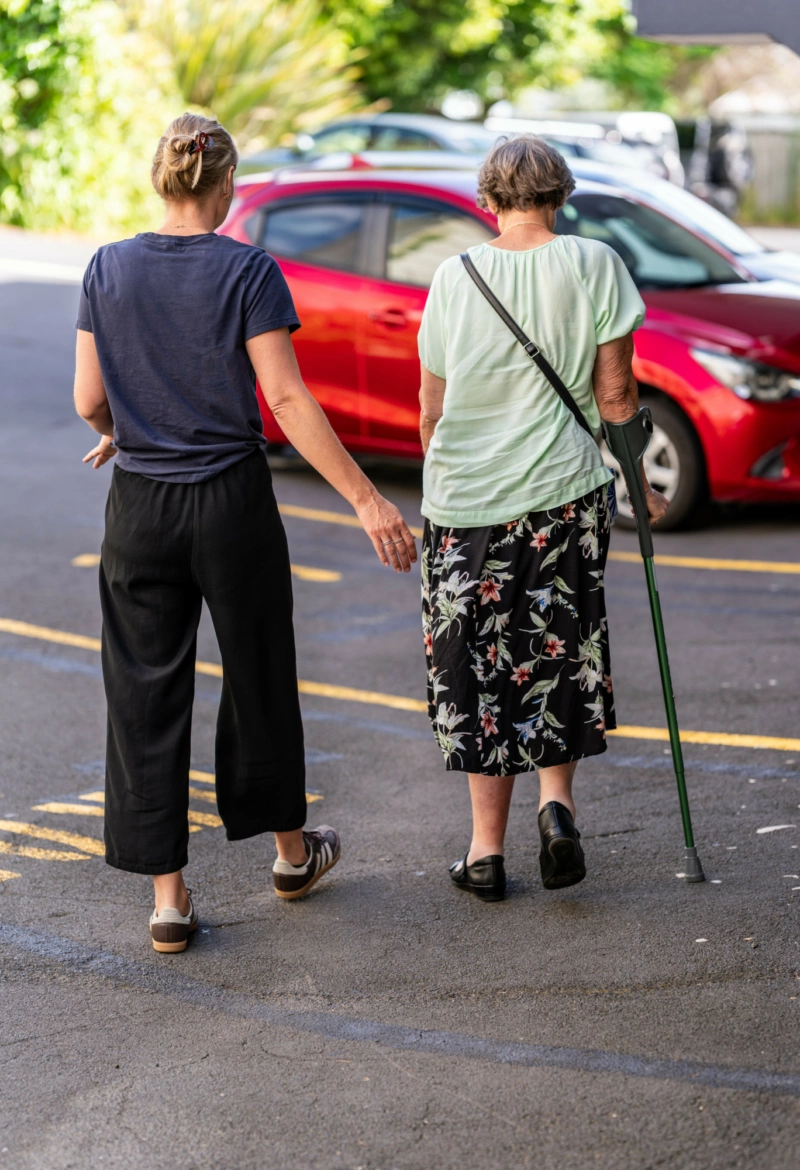For people living with the late effects of polio, exercise can be both helpful and harmful — it all depends on how it’s approached. Fatigue is a core challenge, and polio-affected muscles are especially prone to overuse and slow recovery. With the right support and a tailored plan, physical activity can help you maintain strength, manage energy, and stay connected to the activities you value.
Understanding fatigue
Fatigue related to polio is complex. It includes muscle fatigue, where strength decreases during or after activity and general fatigue, a whole-body sense of exhaustion that may not relate to a specific task. Mental fatigue is also common, affecting focus, memory, and emotional resilience.
Fatigue can show up as tremors, muscle twitching, increased falls, and a decrease in movement control. Cold weather and stress can make symptoms worse.
Exercise: Finding the right balance
You’ve may have heard advice like “no pain, no gain” or “use it or lose it.” But for polio survivors, the key message is different: **conserve to preserve**. Doing too much can cause harm. Doing too little can weaken muscles further. Safe, beneficial exercise sits in the middle — carefully tailored, well-paced, and monitored by a clinician who understands polio.
Polio-affected muscles have fewer motor units doing more work. That means they fatigue faster and recover slower. An effective exercise plan starts with an assessment to identify stressors and reduce excessive strain (e.g., through splinting or changing how you move). Then, a gentle and specific exercise programme can be introduced.
Types of exercise
Strengthening
- Focus on muscles with some retained function.
- Use low resistance and high repetitions.
- Rest frequently between sets.
Aerobic/Cardiovascular
- Helps support heart and lung health, and manage weight.
- Should be low to moderate intensity.
- Include short sessions with frequent rests, ideally 3 times per week with at least one rest day between.
- Avoid long sessions or working to the point of pain, fatigue, heat, or exhaustion.

Why exercise may feel hard
Even when the benefits are clear, exercise can feel out of reach. You might:
- Feel discouraged by past experiences of overdoing it or not improving
- Lack access to accessible spaces, equipment, or support
- Feel unsure how to start or what’s safe
The right clinician can help you problem-solve these barriers and tailor an approach that feels achievable. Motivation and support are key.
Practical tips for moving well
- Start small and build up gradually
- Use rest breaks as part of the plan, not just when you’re exhausted
- Track your fatigue and energy across the day and week — download our simple fatigue diary below to help you spot patterns.
- Choose activities that are meaningful and enjoyable
- Exercise at times of day when your energy is highest
- If pain or fatigue worsens, talk to a qualified clinician
When to get support
If you’re constantly fatigued or struggling with activity, reach out. A clinician experienced in the late effects of polio can assess your needs and guide you toward a plan that protects your energy while helping you move more easily.
Disclaimer
This resource is provided for general information only. It is not a substitute for professional medical advice, diagnosis, or treatment. Always seek the guidance of your GP, physiotherapist, or another qualified health professional before making changes. cann Charitable Trust accepts no responsibility for any outcomes resulting from use of this material.








